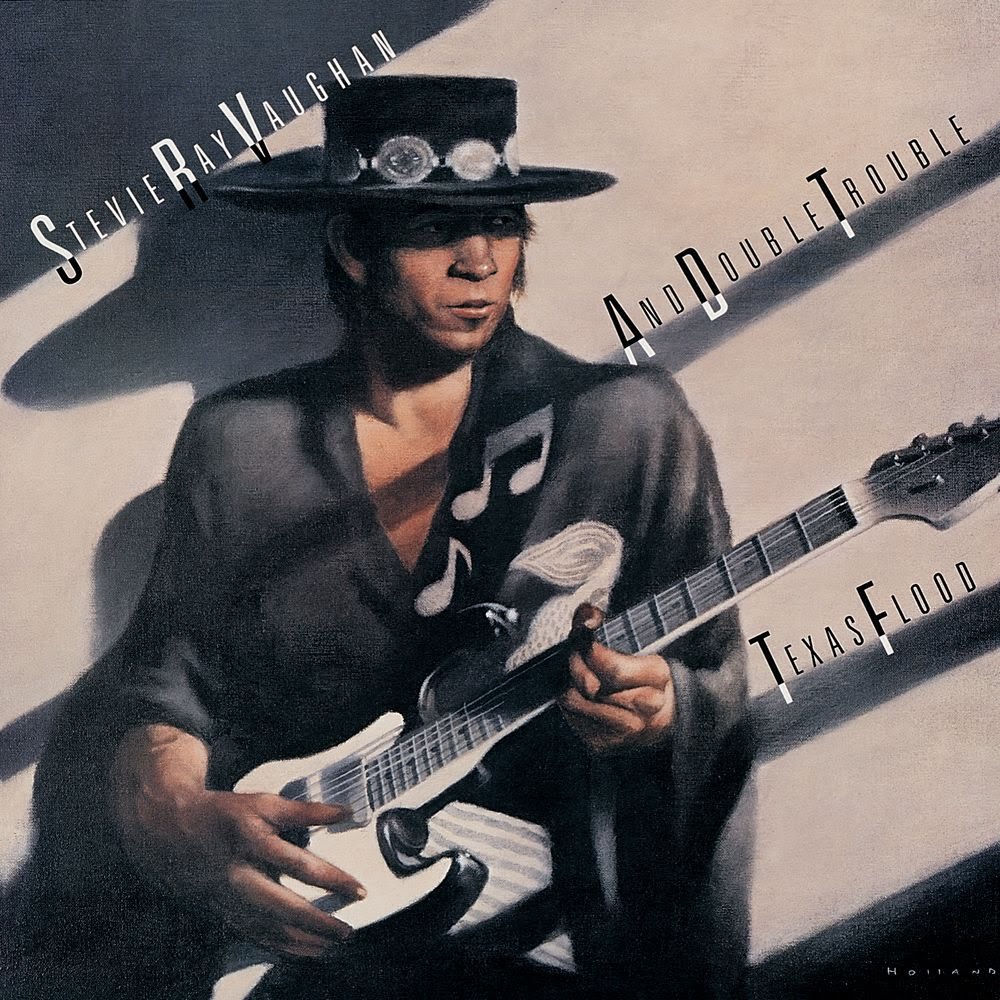Playing the blues is a great way to learn lead guitar. Here are some tracks that we hope will inspire you to take your playing further:
Texas Flood, Stevie Ray Vaughan (1982). Vaughan cemented his place in the Avalon of Texas blues with his cutting take on this Larry Davis number, full of leads that dig deep into the flatlands dust and a gravel-toned solo packed with causal finger-slides, searing stops, and tension-choked bends all sailing on the curl of feedback. There’s not a single guitar note on this track that’s less than awesome.
So Many Roads, Joe Bonamassa (2006). For too long, Stevie Ray Vaughan has been considered the last blues guitar hero. Well, Joe Bonamassa’s got next! The best blues guitarist to hit the scene in the past 20 years, as this solo clearly demonstrates!
Ohio, the Black Keys (2011). Black Keys frontman Dan Auerbach is never flashy, but he’s naturally poignant, and the fuzz freak is largely responsible for the past decade’s dirty blues resurgence. Auerbach eschews prominent guitar breaks, and almost never strays past the pentatonic box.
Tough Enough, The Fabulous Thunderbirds (2001). The other Vaughan is as cool as the other side of the pillow, especially compared to his fire-spitting brother. They both favor Strats, but the similarities pretty much end there. Jimmie rarely plays fast or dirty, and is never flash. He mostly sticks to stabbing single notes within a traditional framework giving them plenty of space to breathe.
The Sky is Crying, Stevie Ray Vaughan (1982). For sheer ringing sensitivity and emotional oomph, this version of “The Sky is Crying,” is unparalleled.
I Smell a Rat, Buddy Guy (1981). Buddy’s smile can light up a stadium, but few bluesmen have ever played with as much scalding intensity or primordial passion as Guy does on this tune.
Blues Power, Albert King (1968). To paraphrase Joe Walsh: “Albert King could blow away most guitarists with his standby switch on!”
The Thrill is Gone, B.B. King (1970). This isn’t just King’s biggest hit. The smash’s solo is a compendium of his guitar vocabulary?ringing single notes expertly shaken (not stirred), a slinky crying melody, tearful bends, dizzying vibrato and sustain. It’s all here, and when the strings come in their sweetness brings out even more of King’s sensitive six-string soul.
Crossroads, Eric Clapton (1969). This is truly a Homeric solo, with that classic major intro switching to a minor scale improvisational 100-yard dash through an overdriven string-bending duel with the devil that resolves into one of the greatest riffs of all time. Clapton’s core lick is so essential, in fact, that it’s still a must-learn for budding guitarists 39 years later. It’s obvious that Clapton is as aware of this live performance’s epochal role in his career as the rest of us. He borrowed its title for both his guitar festival and his retrospective box set.
All Along the Watchtower, Jimi Hendrix (1968). The guitar break in Hendrix’s version of this Bob Dylan gem is a triumph of texture over technique and proof that a great blues solo isn’t necessarily about the notes. With his slide and wah-wah stretching the emissions of his amp like an elastic band, Hendrix warps time and space. It was a concept that was hard to execute. Hendrix cut many versions before hitting his mark, but afterwards even Dylan himself adopted Hendrix’ interpretation of the song as the standard.

